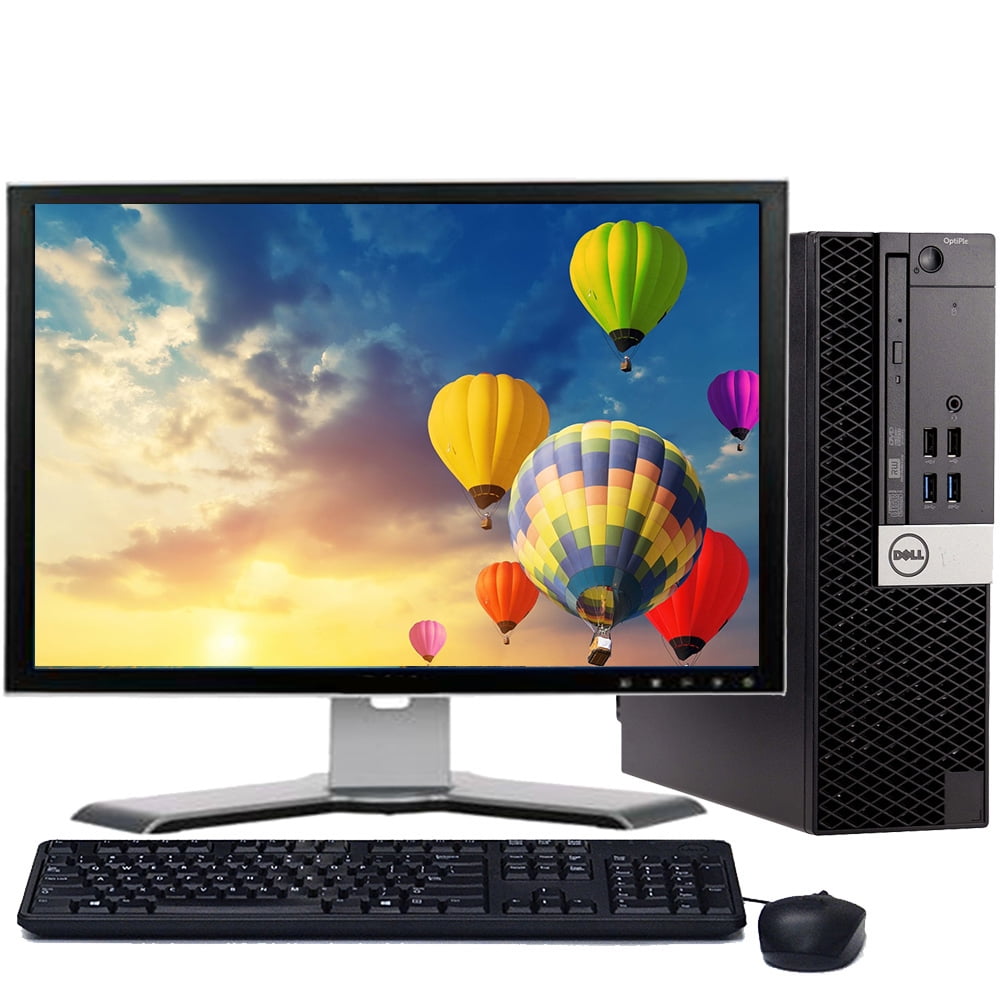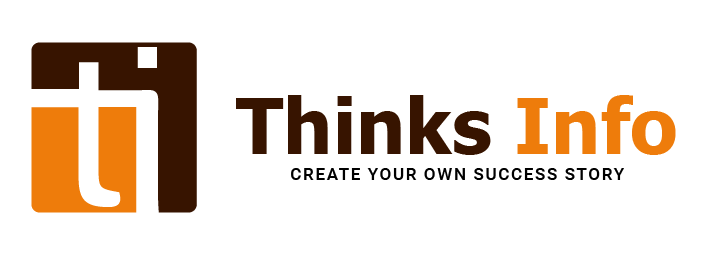
A desktop computer is a personal computer designed for regular use at a single location on or near a desk or table due to its size and power requirements. It typically consists of a computer case that houses the motherboard, power supply, storage devices, and other components. Here’s a breakdown of some key components and aspects of desktop computers
Motherboard: The main circuit board that connects and allows communication between various hardware components such as the CPU (Central Processing Unit), RAM (Random Access Memory), storage drives, and expansion cards.
CPU: The central processing unit is the “brain” of the computer, responsible for executing instructions and performing calculations.
RAM: Random Access Memory temporarily stores data that the CPU needs quick access to. It’s faster than permanent storage but volatile, meaning it loses its data when the computer is turned off.
Storage: Desktop computers typically use hard disk drives (HDDs) or solid-state drives (SSDs) to store data permanently. HDDs use spinning magnetic disks to store data, while SSDs use flash memory, providing faster access times but typically at a higher cost per gigabyte.
Graphics Card: Also known as a GPU (Graphics Processing Unit), it’s responsible for rendering images, videos, and animations. For gaming or graphic design work, a dedicated graphics card is often preferred over integrated graphics found in the CPU.
Power Supply Unit (PSU): Converts electrical power from an outlet into usable power for the computer’s components.
Cooling System: Desktop computers require cooling to prevent overheating. This typically involves fans and heat sinks, and in some high-performance systems, liquid cooling solutions may be used.
Peripherals: These include input devices like keyboards, mice, and sometimes touchscreens, as well as output devices like monitors, printers, and speakers.
Operating System (OS): This is the software that manages the computer’s resources and provides the user interface. Common desktop operating systems include Windows, macOS, and various Linux distributions.
Ports: Desktop computers typically have various ports for connecting peripherals, external storage devices, monitors, and networking equipment. Common ports include USB, HDMI, DisplayPort, Ethernet, and audio jacks.
Desktop computers offer several advantages over laptops, including greater customization options, more powerful hardware configurations, easier upgradeability, and generally better cooling capabilities. However, they are less portable and take up more space. They are commonly used for tasks that require high performance, such as gaming, video editing, graphic design, software development, and data analysis.




